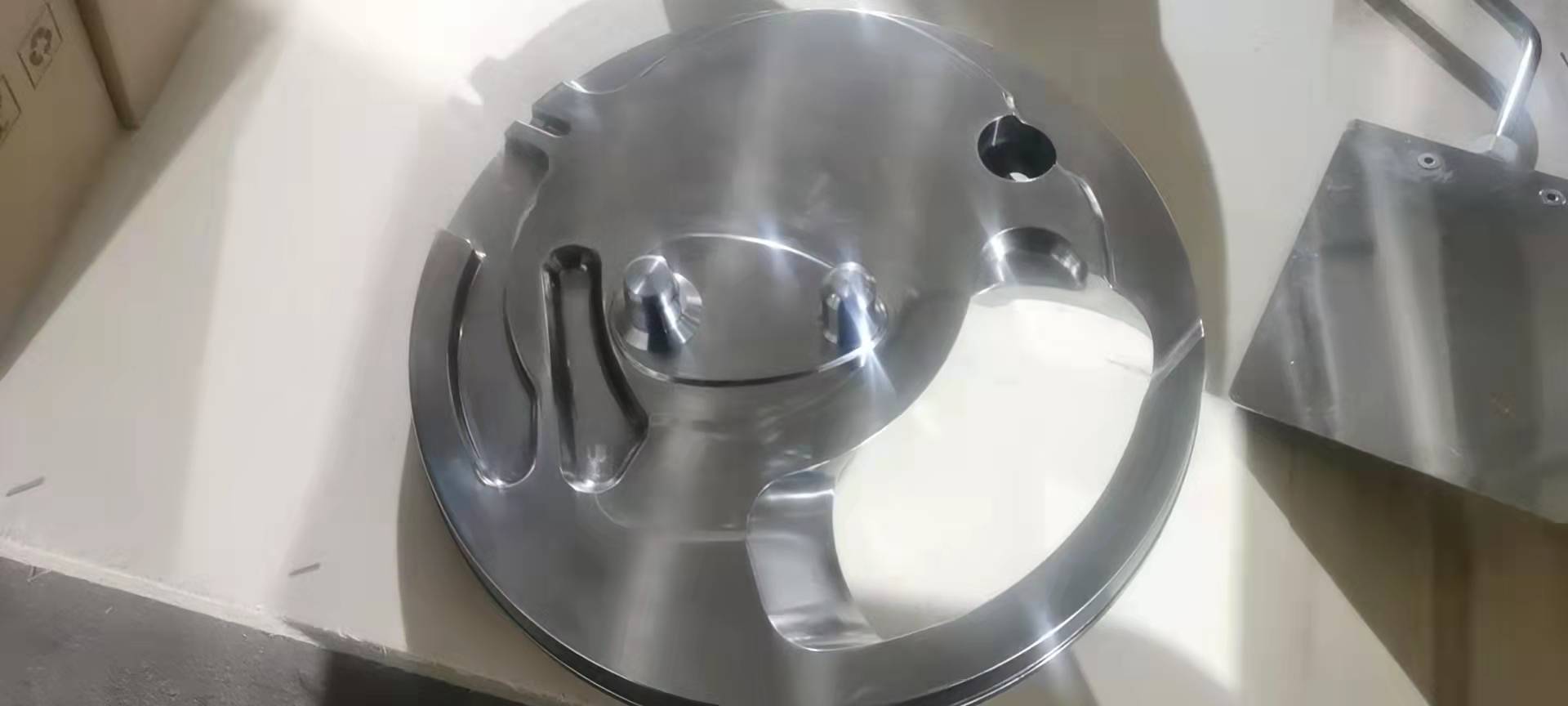
ਦਸੰ. . 06, 2024 18:07 Back to list
vacuum stuffer
Understanding Vacuum Stuffers Enhancing Food Processing Efficiency
In the world of food processing, efficiency and quality are paramount. One of the essential tools that has revolutionized this industry is the vacuum stuffer. These machines play a crucial role in ensuring that food products—especially sausages, pâtés, and similar items—are filled with precision and without any air pockets, which can lead to spoilage or degradation of quality. This article delves into the workings of vacuum stuffers, their benefits, and their importance in the food industry.
A vacuum stuffer is a specialized piece of equipment designed to fill casings or containers with various types of mixtures, typically with a focus on meat products. The primary function of the vacuum stuffer is to remove air from the filling mixture and the casing, thereby preventing oxidation and spoilage. This is particularly important in the meat processing industry, where the freshness and quality of the product are essential for consumer satisfaction.
The operation of a vacuum stuffer involves several key components. Firstly, the machine is equipped with a hopper, where the filling mixture is placed. Once the mixture is loaded, the vacuum pump is activated, which creates a low-pressure environment inside the hopper. This vacuum action ensures that any trapped air is removed from both the mixture and the casing, allowing for a more consistent filling process.
Additionally, modern vacuum stuffers are often designed with user-friendly controls and digital interfaces, allowing operators to adjust parameters such as pressure, speed, and filling volume with ease
. This automation not only enhances the precision of the operation but also significantly reduces the risk of human error, leading to a more consistent product output.vacuum stuffer

One of the standout advantages of vacuum stuffers is their ability to improve the shelf life of food products. By minimizing air exposure, vacuum stuffing helps to prevent the growth of aerobic bacteria and molds, which are responsible for spoilage. This is particularly beneficial for products that will be stored for extended periods, as it helps maintain their flavor, texture, and overall quality.
Moreover, vacuum stuffers contribute to the reduction of material waste. Traditional stuffing methods often lead to air pockets within the products, resulting in inconsistent shapes and unwanted product loss. In contrast, vacuum stuffing ensures that the casing is filled uniformly, maximizing the yield from the raw materials and reducing operational costs.
Another notable benefit of vacuum stuffers is their versatility. While they are primarily associated with meat products, these machines can also be used for filling various other items such as cheese, seafood, and plant-based mixtures. This adaptability makes them an invaluable asset for food processors looking to diversify their product lines.
In conclusion, vacuum stuffers are an integral part of the modern food processing landscape. Their ability to enhance the quality, safety, and shelf life of food products while minimizing waste sets them apart as crucial tools for both large-scale manufacturers and smaller artisanal producers. As consumer demand for fresh, high-quality food continues to rise, the role of vacuum stuffing will undoubtedly continue to expand, leading to innovations and improvements in food processing techniques. For anyone involved in the food industry, understanding the importance and functionality of vacuum stuffers is essential for staying competitive and meeting consumer expectations in an ever-evolving market.
Latest news
-
Pneumatic Clipping Machine-SHJZ Bossin Machinery | High Efficiency&Flexible Operation
NewsAug.02,2025
-
Pneumatic Clipping Machine - Shijiazhuang Bossin Machinery Equipment Co., Ltd. | Precision, High Efficiency
NewsAug.02,2025
-
Pneumatic Clipping Machine-Shijiazhuang Bossin Machinery|Sausage Production Efficiency&Precision Control
NewsAug.02,2025
-
Pneumatic Clipping Machine - Shijiazhuang Bossin Machinery Equipment Co., Ltd.|Efficient Sausage Production, High-Speed Clipping
NewsAug.02,2025
-
Vacuum Slider with GPT-4 Turbo Precision Motion Control
NewsAug.02,2025
-
Linking Gearbox & Holding Device with GPT-4-Turbo AI
NewsAug.01,2025